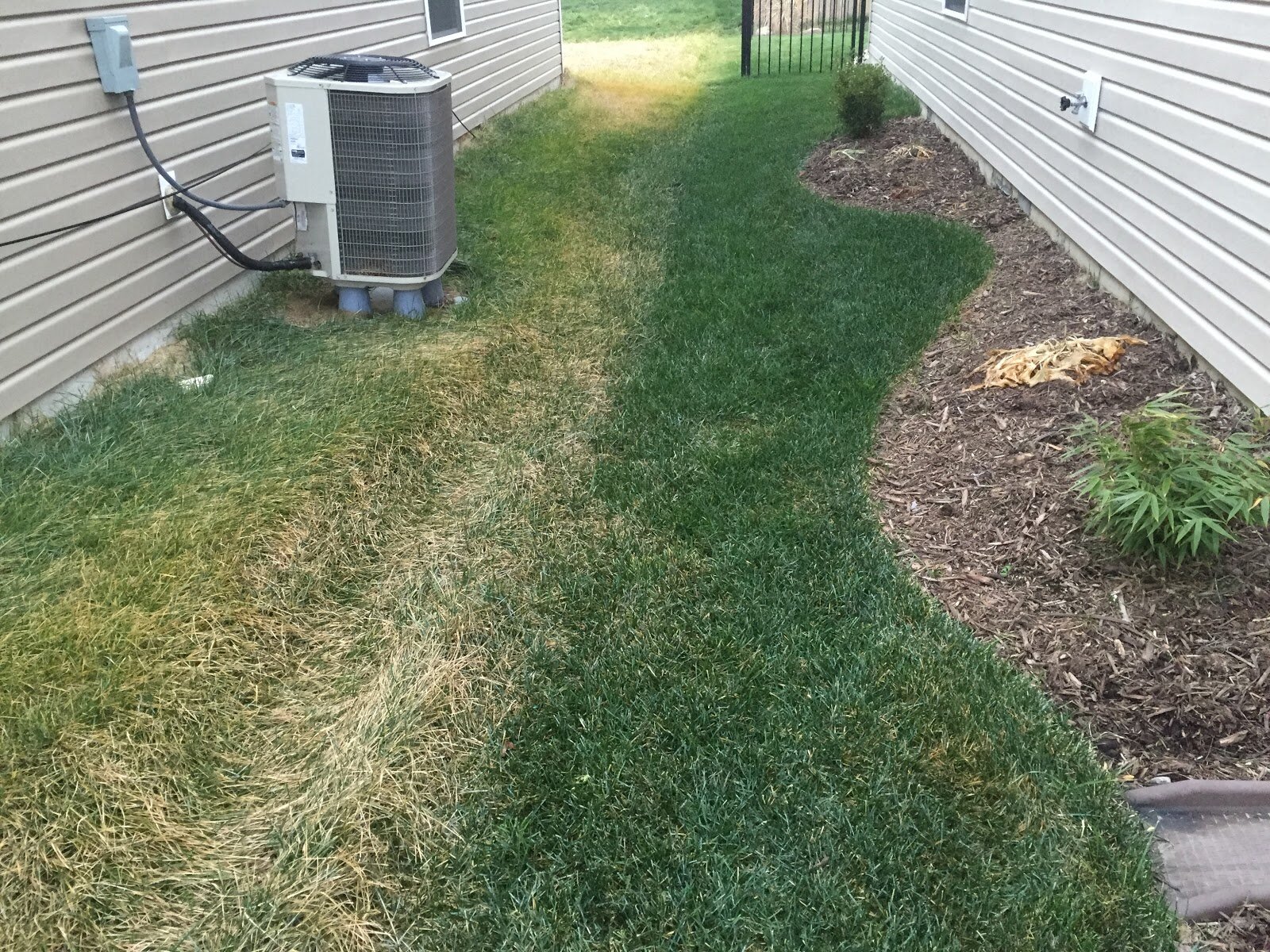We have seen record heat in our area well beyond summer. We’ve all felt its effect on ourselves. But have you ever considered what effect it has on plants and lawns? In our day to day lives we rarely consider how landscape reacts to climate. How we react to excessive shifts in climate is similar to how plants make necessary changes to sustain themselves during these days is vital not only for the community’s beauty but to our budgets.
Here are some signs to look for and tips to nurse our landscaping to sustain thru this season.
• Turf grass will be affected most. Grass will try to jump start their dormancy when a lack of water and prolonged heat radiates. If you have an automatic irrigation system, setting up dual programs to operate will allow the grass to sustain itself until the cooler temps prevail and discontinue any fertilization program. If there is not an irrigation system in place. Also refrain from applying fertilizer and allow the grass to use it’s natural system to protect its health until the cooler weather moves in. There will be some damage to the grass during this period. Once the cooler temps become more regular, have your service provider implement an aeration and over-seed application to fill in these areas affected. So, when Spring arrives new grass will repair the lush appearance of the lawn.
• Trees react to this extreme by shedding leaves in an effort to slow their nutrition process down. If possible, allowing your service provider to install watering bags to help sustain the trees until the Autumn weather arrives and the trees go dormant. Consider an earlier fertilization application to help with the Spring flush of their foliage to combat the early shedding of the leaves. This will help the longevity of the tree’s life.
• Shrubs will show signs of a burnt appearance. Blooming shrubs will be stop the process to focus on enduring thru the extreme heat. They will also be susceptible to insects during this period. Have your service provider make thorough inspections to make sure the shrubs are not being attacked. An additional step is allowing your service provider to spot water if no irrigation system is present will help protect them from damage there is not recovery from. It is better for a budget to allocate for man hours to water than to replace shrubs destroyed during this atypical climate.
• Most of the damage to landscaping will not reveal itself until Spring rolls around. It will be in the best interest to have your service provider complete a site audit to verify if any effects of the extensively long summer heat has taken its toll on plantings. This will help ensure an appealing landscape of our city for the future.
Partner Post provided by Scott Oldham with LSI
Landscape Services Inc



